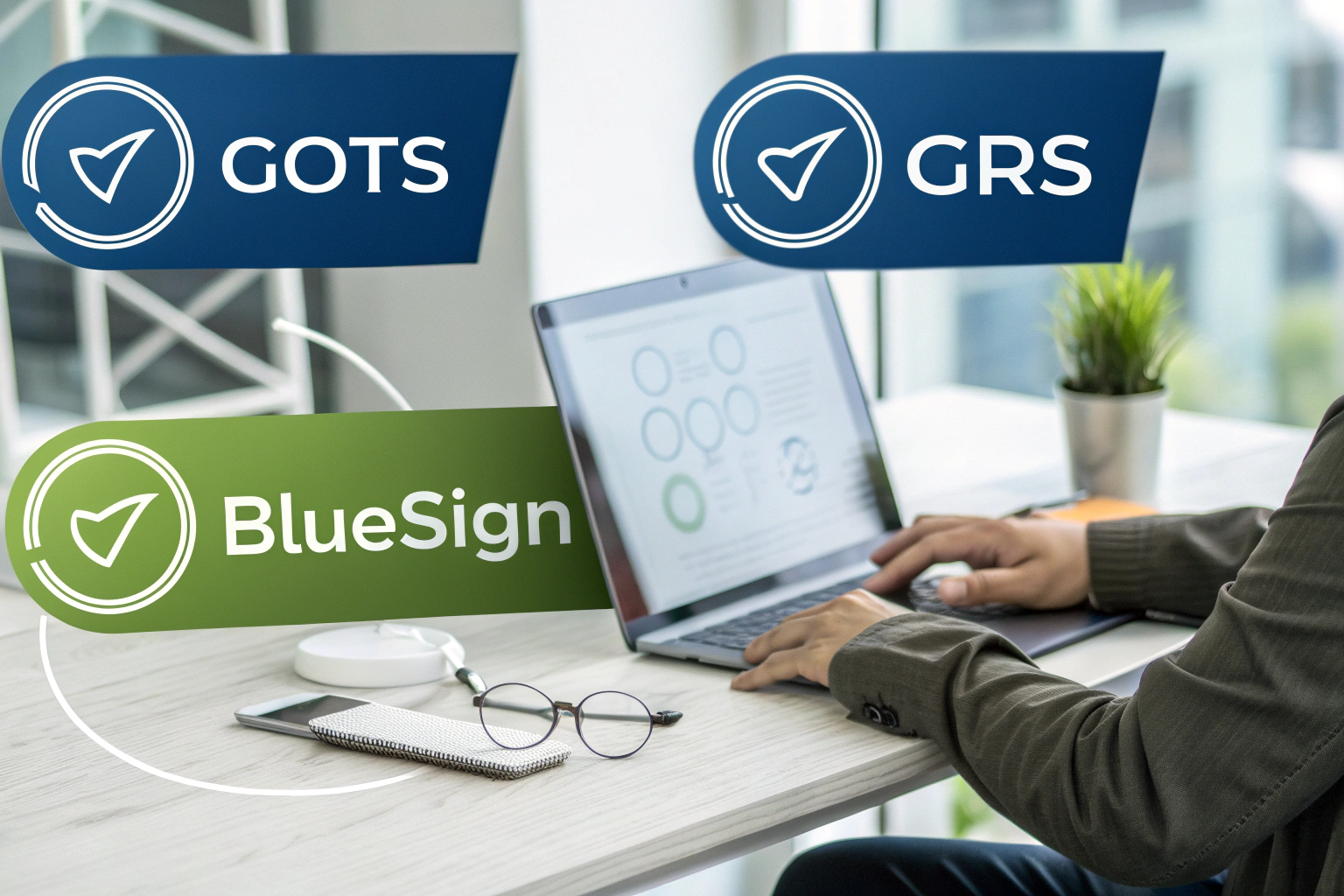Navigating the world of textile certifications can feel like decoding a complex alphabet soup. As a fabric supplier with over two decades in the industry, I see many buyers, especially those sourcing from Asia, struggle to understand what these labels truly mean for their business. You need to know which certification guarantees what, and more importantly, which one aligns with your brand's values and your customers' expectations. It's not just about a badge; it's about trust, transparency, and tangible environmental impact.
Understanding the key differences between GOTS, GRS, and Bluesign is crucial for any brand serious about sustainable sourcing. GOTS is the gold standard for organic fibers, GRS focuses on recycled content, and Bluesign takes a holistic approach to clean and safe manufacturing processes. Choosing the right one depends entirely on your specific sustainability goals, whether that's organic farming, circular economy principles, or reducing your chemical and environmental footprint.
Let's demystify these three major certifications. We will break down what each one stands for, who it's for, and how it can benefit your sourcing strategy. This will help you make an informed decision for your next fabric order.
What is the GOTS certification for textiles?
GOTS, the Global Organic Textile Standard, is the most recognized standard for organic fibers worldwide. When you see a GOTS label, you know that from harvesting the raw materials to labeling the final product, every step has been certified as organic and socially responsible. For brands built on a promise of natural and organic purity, this is the certification you cannot compromise on.
The core of GOTS is its strict criteria for organic fiber content. To be certified as "organic," a product must contain a minimum of 95% certified organic fibers. The "made with organic" label requires at least 70%. But GOTS goes beyond just the fiber. It also mandates strict environmental and social criteria throughout the entire supply chain, including processing, manufacturing, packaging, labeling, and trading. This ensures that the organic integrity is maintained from field to finished fabric. Our company is deeply invested in the GOTS framework, offering a range of GOTS-certified organic cotton and other natural fibers to meet the growing demand from our European and US clients.
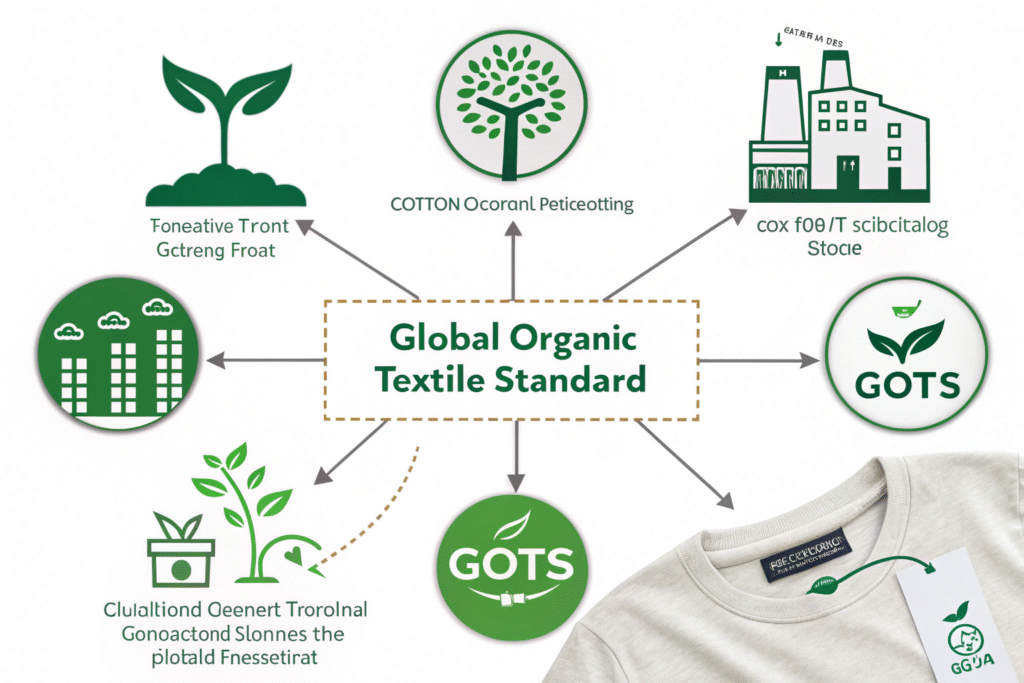
Why should you choose GOTS-certified fabrics?
If your brand identity is rooted in authenticity and environmental stewardship, GOTS is your benchmark. It provides a credible, third-party verified assurance that your products are truly organic. This is increasingly important as consumers become more savvy and skeptical of greenwashing. Using GOTS-certified fabrics allows you to make a powerful marketing claim that is backed by a rigorous, globally recognized standard. It also opens doors to markets, particularly in Europe, where demand for certified organic textiles is consistently high.
How does GOTS certification impact your supply chain?
Obtaining and maintaining GOTS certification requires full supply chain transparency. This means every entity involved—from the ginner to the spinner, weaver, dyer, and finisher—must be GOTS certified. For you, this means your supply chain is audited for both environmental and social performance. The standard prohibits toxic chemicals and requires wastewater treatment. It also enforces strict social criteria based on International Labour Organization (ILO) conventions, ensuring safe working conditions and fair wages. Partnering with a GOTS-certified supplier like us simplifies this process, as we manage the complex web of compliance for you.
What is the GRS and how does it support recycling?
The Global Recycled Standard (GRS) is a product standard for tracking and verifying recycled content in a final product. It was developed to meet the growing need for transparency in recycled products. The GRS is not just about the content; it also includes environmental processing criteria and social responsibility requirements. Its primary goal is to drive higher utilization of recycled materials and reduce the harmful impact of resource extraction.
The GRS focuses on the Chain of Custody for recycled materials. It tracks the recycled raw material through each step of the supply chain. A product can be GRS certified if it contains a minimum of 20% recycled content. The standard also sets requirements for chemical use, ensuring that certain harmful substances are restricted during the production process. This makes the GRS a key tool for brands promoting a circular economy, especially those using recycled polyester (rPET) or recycled nylon. We have seen a 30% year-over-year growth in demand for GRS-certified fabrics, particularly for sportswear and activewear lines.
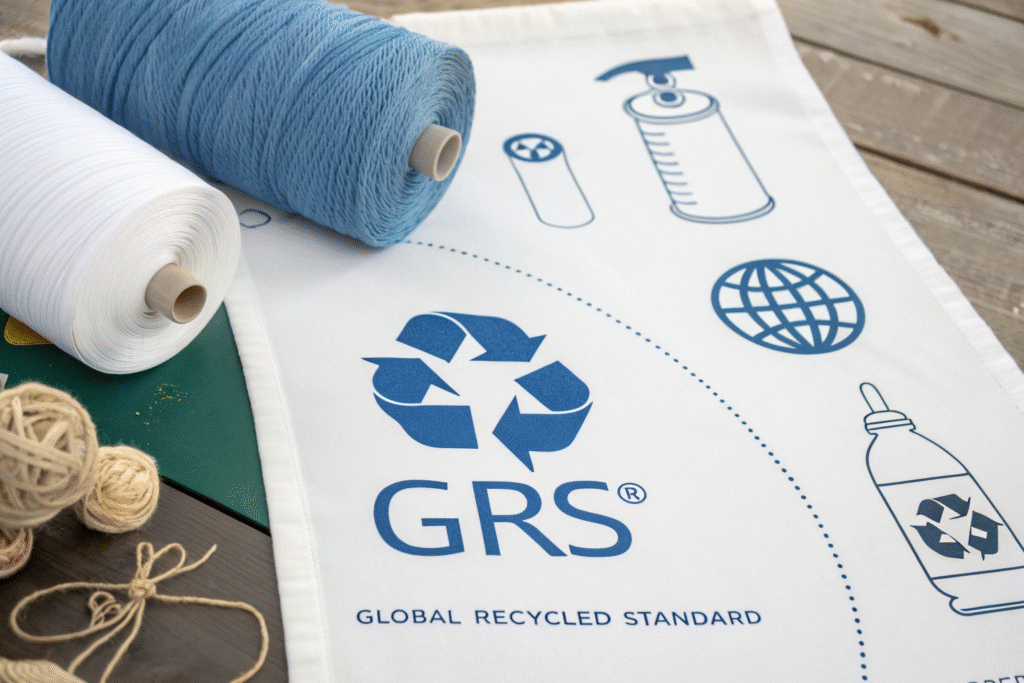
What are the key benefits of using GRS-certified materials?
The most direct benefit is the ability to make a verified claim about your product's recycled content. This appeals directly to environmentally conscious consumers looking to support brands that reduce waste. Using GRS-certified materials, such as recycled polyester, often has a lower carbon footprint and reduces reliance on virgin petroleum-based materials. Furthermore, the GRS certification includes social and environmental modules, which means you are also supporting responsible production practices beyond just recycling.
How is the GRS verification process implemented?
The GRS is a chain-of-custody standard. This means every business in the production and trade of the final product must be certified. The process begins with a supplier providing a Transaction Certificate (TC) for the recycled input material. Each subsequent supplier in the chain then issues a new TC, creating an unbroken trail from the recycled source to the final product. This system provides the transparency you need to confidently market your products. Our integrated supply chain, from weaving to dyeing, is GRS-certified, making it seamless for you to source certified recycled fabrics.
How does Bluesign differ from GRS and GOTS?
While GOTS and GRS are primarily product standards, Bluesign is a system solution for the entire manufacturing process. Bluesign does not certify a final product's organic or recycled content. Instead, it focuses on the input stream of chemicals, raw materials, and resources, ensuring that every component going into the production is safe and sustainable. Think of Bluesign as a preventative approach that manages the factory's environmental footprint at the source.
The Bluesign system audits and approves chemical suppliers, materials, and manufacturing processes. It sets strict criteria for five key areas: resource productivity, consumer safety, water emission, air emission, and occupational health and safety. A manufacturer with the Bluesign approval means its entire process is mapped and optimized for minimal environmental impact. This results in products that are safe for people, and the planet. Our CNAS-certified lab works closely with the Bluesign framework to ensure our high-performance and functional fabrics meet these rigorous input standards.
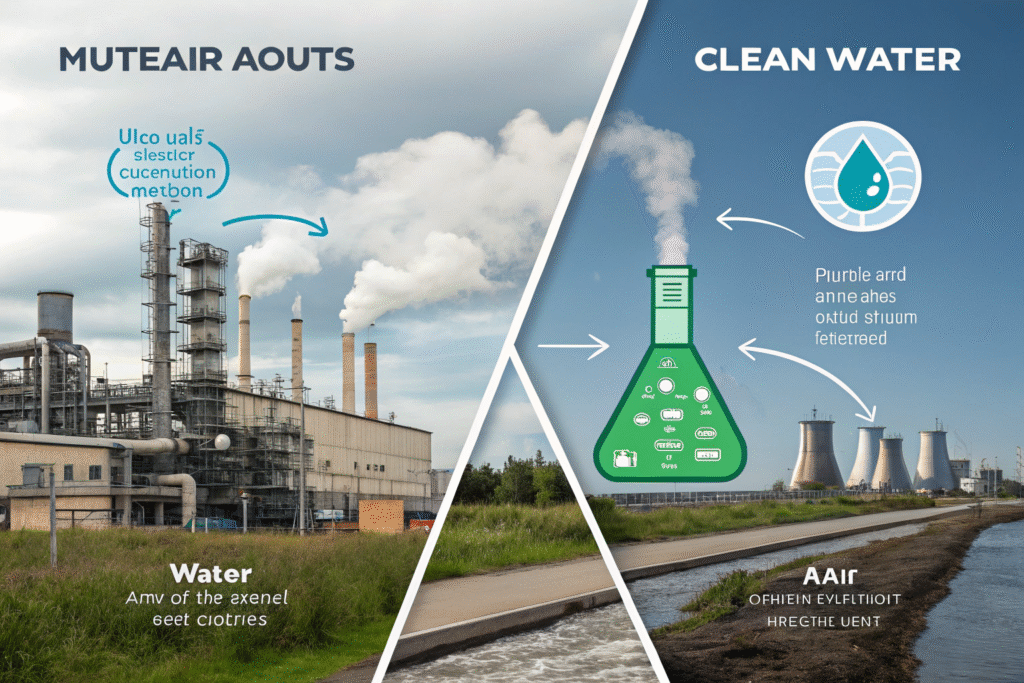
Why is Bluesign crucial for performance and functional fabrics?
Bluesign is particularly valued in the technical textile sector. For sportswear, outdoor apparel, and functional fabrics that require chemical treatments for water resistance, moisture-wicking, or UV protection, Bluesign provides the assurance that the chemicals used are the safest available. It eliminates hazardous substances from the beginning of the manufacturing process. This is critical for you if you produce apparel that has direct and prolonged contact with the skin, ensuring that no harmful residues are present in the final garment.
What does the Bluesign certification process involve for a supplier?
The process is a deep dive into a manufacturer's operations. It starts with an assessment of all input streams—chemicals, energy, and water. The Bluesign criteria are used to screen and approve every chemical product used in production. The manufacturer must implement systems to monitor and reduce resource consumption and emissions. This is an ongoing relationship, not a one-time audit, requiring continuous improvement. For a supplier, achieving Bluesign is a commitment to top-tier environmental management, which in turn gives you, the buyer, unparalleled confidence in the safety and sustainability of your sourced fabrics.
How to choose the right certification for your brand?
Selecting between GOTS, GRS, and Bluesign is not about finding the "best" one, but the most relevant one for your brand's mission and your customers' priorities. Your choice should be a strategic decision based on your primary sustainability focus. Are you about organic naturalism, circular recycling, or clean and safe chemistry? Answering this will point you in the right direction.
To simplify the decision, consider this breakdown:
| Certification | Primary Focus | Ideal For... | Key Thing to Verify |
|---|---|---|---|
| GOTS | Organic Fiber Integrity | Brands using natural fibers (cotton, linen) who want full organic and social compliance. | The product has a valid GOTS transaction certificate. |
| GRS | Recycled Content | Brands using recycled materials (rPET, recycled nylon) to promote circularity. | The percentage of recycled content in the final product. |
| Bluesign | Clean Manufacturing & Inputs | Brands producing performance wear or any product where chemical safety is a priority. | That your fabric manufacturer is a Bluesign system partner. |
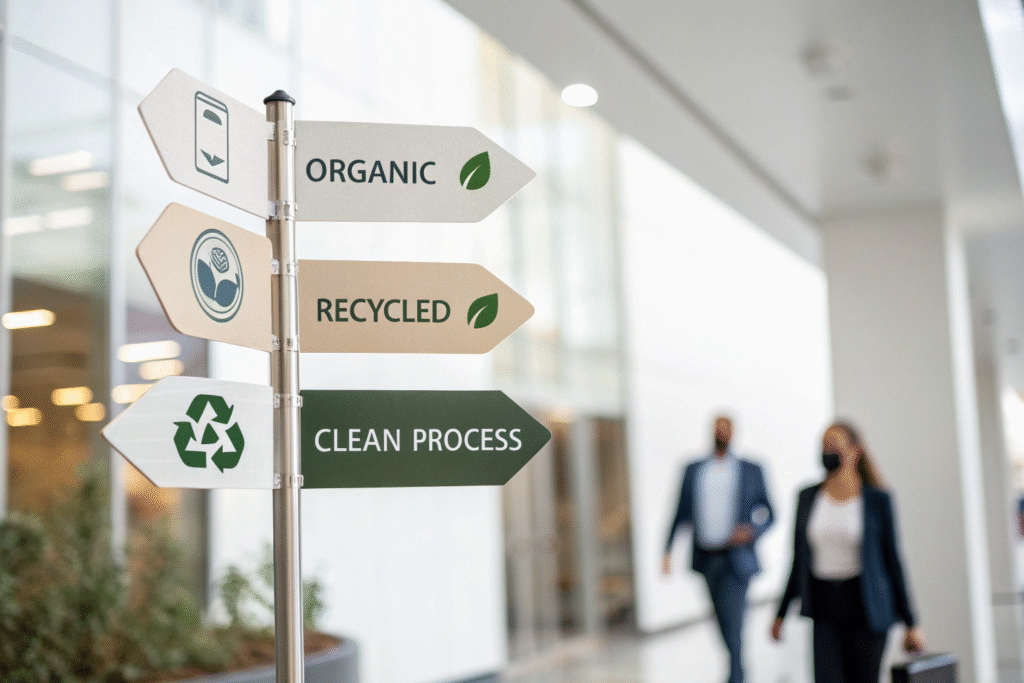
What factors should guide your certification selection?
Your decision should be guided by your brand's core values, your target market's expectations, and the type of products you sell. If you are a luxury brand focusing on pure, natural materials, GOTS is essential. If you are a streetwear or activewear brand leveraging recycled materials, GRS is key. For outdoor apparel brands where performance and chemical safety are non-negotiable, Bluesign is the industry benchmark. You should also consider your customers; European markets often have a strong preference for GOTS, while environmentally savvy global consumers recognize and value all three.
Can you combine different certifications in one supply chain?
Absolutely, and this is where you can build a truly robust sustainability story. In fact, the most forward-thinking brands often do this. For example, you could source a GOTS-certified organic cotton that is also processed in a Bluesign-approved facility. This combination guarantees the organic origin of the fiber and the clean, safe environment in which it was dyed and finished. Similarly, a GRS-certified recycled polyester can be manufactured in a Bluesign system partner factory. Our company leverages our integrated supply chain to offer such hybrid solutions, providing you with multiple layers of verified sustainability.
Conclusion
Understanding the distinct roles of GOTS, GRS, and Bluesign empowers you to make smarter, more strategic sourcing decisions. GOTS certifies organic integrity, GRS validates recycled content, and Bluesign ensures clean and safe manufacturing inputs. Each certification addresses a different part of the complex sustainability puzzle. By choosing the right one, you do more than just comply with a standard; you build a trustworthy brand that resonates with the values of today's conscious consumers.
Navigating certifications and sourcing high-quality, sustainable fabrics from Asia can be complex, but you don't have to do it alone. If you are looking for a reliable partner to help you produce your next clothing order with the right certifications, let's talk. Our team can guide you through the process. For a deeper discussion on how we can meet your specific needs, please contact our Business Director, Elaine, at elaine@fumaoclothing.com. We are here to help you weave your sustainability story into every garment.

